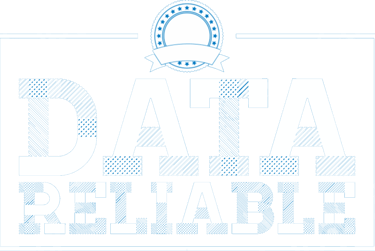Is Your Data Estate Ready for Generative AI at Scale?
Tying unstructured data, governance, and operational readiness together.
Kylo B
8/9/20251 min read
Is Your Data Estate Ready for Generative AI at Scale?
Generative AI relies heavily on unstructured data—text, images, video, and audio—making it a powerful tool for knowledge discovery, creativity, and automation. But scaling it across an enterprise requires more than advanced models. It demands a modernized, well-governed data estate.
1. Unify and Modernize Your Data Architecture
Generative AI models perform best when they can access a single, trusted view of information. A data lakehouse or similar unified architecture integrates structured and unstructured data, enabling consistent retrieval for training and inference.
2. Enable Context-Aware AI with RAG
Retrieval-Augmented Generation (RAG) allows models to inject domain-specific context into responses. This depends on robust document management and searchable knowledge bases, turning static content into dynamic AI inputs.
3. Use Vector Databases for Semantic Search
Vector databases store embeddings that help AI understand relationships between concepts. Paired with traditional databases, they enable fast, relevant responses for customer service bots, research assistants, and internal knowledge tools.
4. Invest in DataOps and Quality Control
Data for AI needs to be discoverable, accurate, and reproducible. This means:
Maintaining detailed data catalogs with metadata and lineage.
Using data version control for consistent retraining.
Running automated quality and bias checks before models ingest content.
5. Implement Strong Governance and Compliance
Unstructured data often contains sensitive information. Clear governance policies—covering access control, audit trails, data minimization, and ethical AI use—are essential to manage risk and meet regulations.
6. Assess Maturity Across Key Dimensions
Ask:
Is our unstructured data clean, diverse, and accessible?
Can it be linked to relevant business processes?
Do we have governance frameworks in place to ensure trustworthiness and compliance?
7. Align Strategy, Skills, and Technology
Gen AI success is as much about people as it is about data. Cross-functional leadership, AI literacy programs, and automation for ingestion and processing ensure that teams can work effectively with new tools at scale.
Bottom Line:
Generative AI can transform how organizations work, but only if the data foundation is ready. This means modern architecture, contextual retrieval systems, operational rigor, and governance—all aligned to a clear business strategy.
Subscribe to our newsletter


